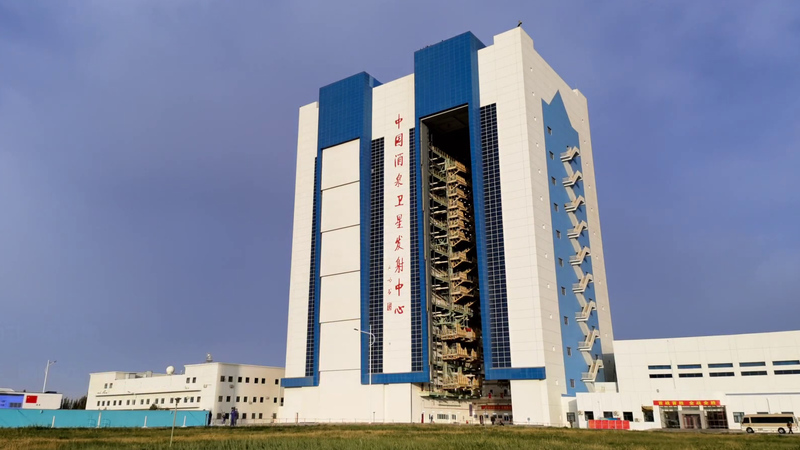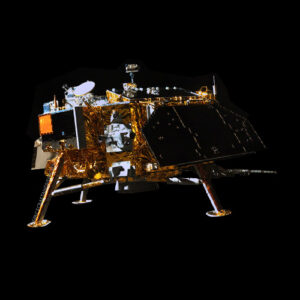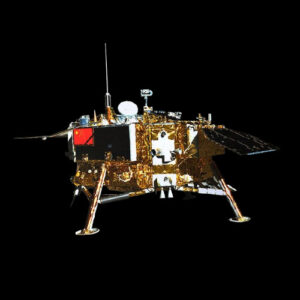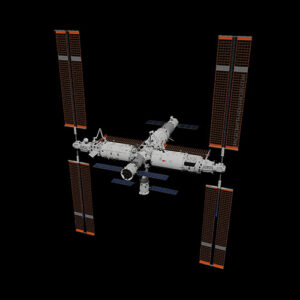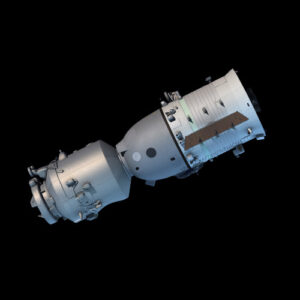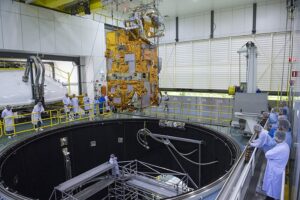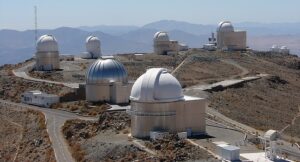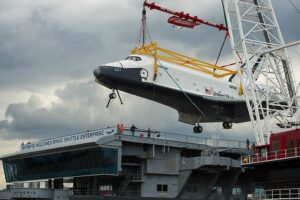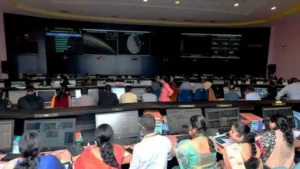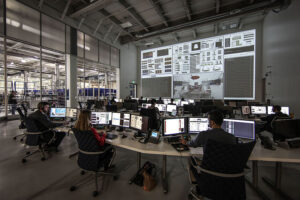The Jiuquan Satellite Launch Center (JSLC), located in the Gobi Desert in Inner Mongolia, China, is one of the country’s most significant and oldest launch sites.
Established in 1958, JSLC primarily supports the launch of satellites into low Earth orbit (LEO) and is the designated site for China’s crewed space missions. The center’s objectives include the development and testing of space technologies, launching satellites for various purposes, and conducting human spaceflight missions.
Notable achievements include the launch of China’s first satellite, Dong Fang Hong 1, and the manned Shenzhou missions, which marked China’s entry into the realm of human space exploration. JSLC plays a crucial role in advancing China’s space capabilities and contributes significantly to its growing presence in the global space industry.
History and Evolution
The Jiuquan Satellite Launch Center was established in 1958, becoming China’s first spaceport. Its early years focused on the development and testing of ballistic missiles, but the center quickly expanded its scope to include space exploration. In 1970, JSLC achieved a major milestone by launching China’s first satellite, Dong Fang Hong 1, into orbit. This success marked China as the fifth nation to launch an independently developed satellite.
Throughout the 1980s and 1990s, JSLC continued to evolve, supporting the launch of various scientific, communications, and Earth observation satellites. The center’s infrastructure was continuously upgraded to accommodate more sophisticated missions and larger payloads.
A significant turning point came in 2003 with the launch of Shenzhou 5, China’s first manned space mission, carrying astronaut Yang Liwei into orbit. This mission was a landmark achievement, making China the third country to independently send humans into space. Subsequent Shenzhou missions, including Shenzhou 6 through Shenzhou 11, further demonstrated China’s capabilities in human spaceflight, leading to long-duration missions and docking exercises with the Tiangong space laboratories.
In recent years, JSLC has played a pivotal role in China’s ambitious space program, including the Chang’e lunar exploration missions and various satellite deployments. The center continues to support advancements in space technology, contributing to China’s goals of establishing a permanent presence in space and advancing scientific research and exploration.
Related Spacecraft
Here are some of the remarkable vehicles launched from this location:
Infrastructure and Facilities
The Jiuquan Satellite Launch Center is equipped with a wide range of facilities to support its diverse mission profile:
- Launch Complexes: Multiple launch pads designed for various types of rockets, including the Long March series.
- Mission Control Center: The hub for monitoring and controlling all launch activities, ensuring successful mission execution.
- Rocket Assembly Buildings: Facilities where rockets are assembled, integrated with payloads, and prepared for launch.
- Satellite Preparation Facilities: Areas dedicated to the preparation, testing, and fueling of satellites before launch.
- Tracking and Telemetry Stations: Ground stations that provide real-time tracking, telemetry, and communication with rockets and spacecraft.
- Astronaut Training Center: Facilities for training astronauts for crewed missions, including simulators and physical training equipment.
